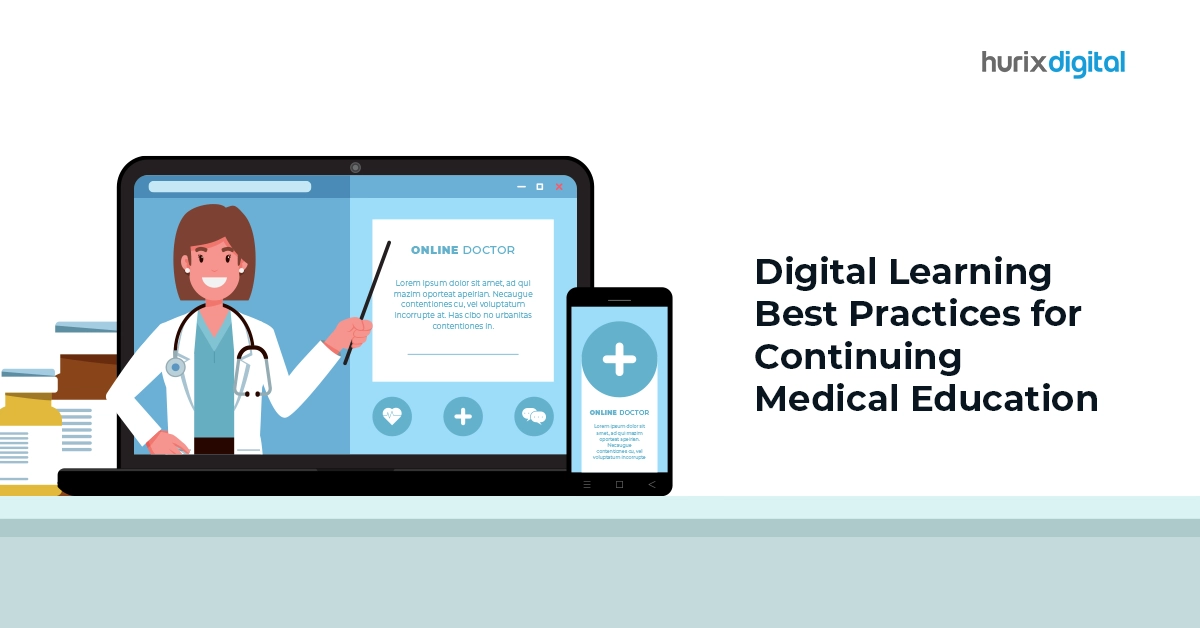In this situation, every learner is receiving instruction at the same time. The teacher oversees the entire process and is available to address any queries or criticisms that may come up. Also, the students get to collaborate and exchange ideas.
Q: What is synchronous learning?
A: Synchronous learning is a form of learning that involves learners and instructors being present online or in person at the same time, engaging in real-time communication.
Q: What are some examples of synchronous learning?
A: Synchronous learning can take various forms, including live webinars, virtual meetings, real-time online classrooms, and face-to-face lectures or discussions.
Q: What are some advantages of synchronous learning?
A: Synchronous learning offers several benefits, such as the opportunity for learners to interact with their instructors and peers in real-time, receive immediate feedback and support, ask questions and receive answers in real-time, and foster social learning and collaboration among learners.
Q: What are some challenges of synchronous learning?
A: Some challenges of synchronous learning may include difficulties in scheduling due to conflicting time zones or geographic locations, technical issues or limitations, and potential distractions or interruptions during the session.
Q: How can technology be used in synchronous learning?
A: To enable real-time communication and collaboration, technology tools such as video conferencing software, chat features, and interactive whiteboards can be employed in synchronous learning.





